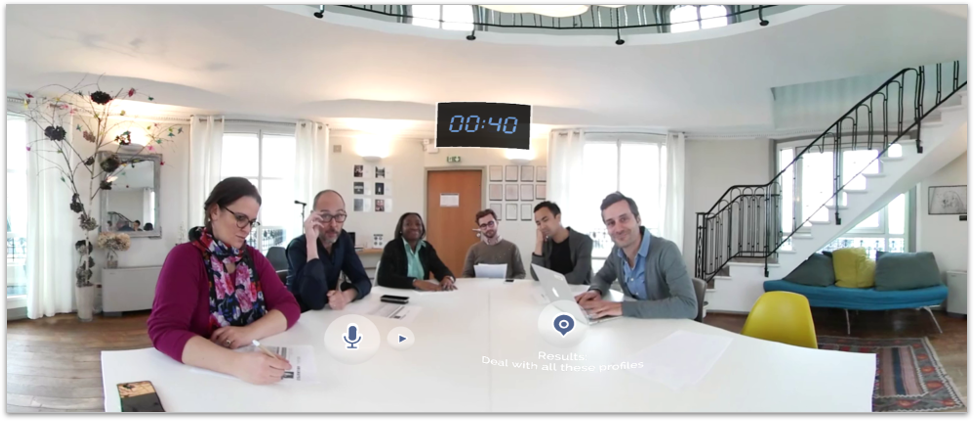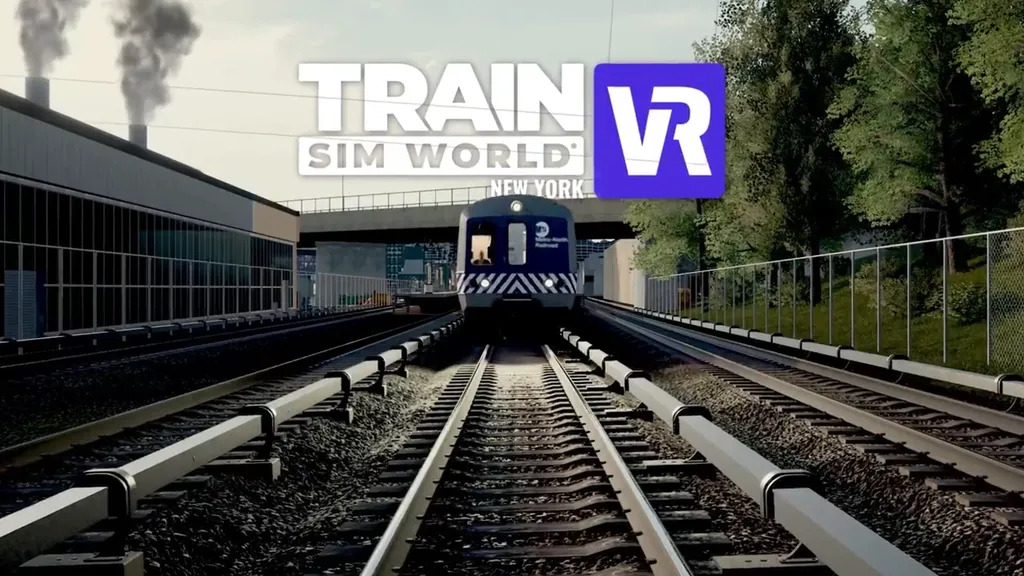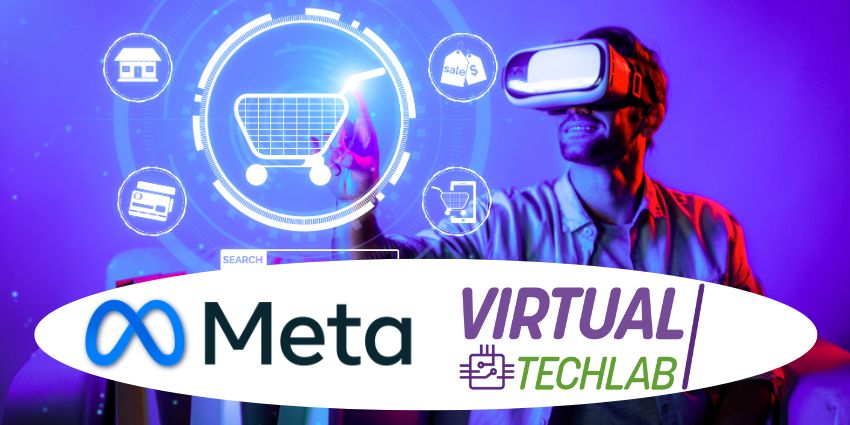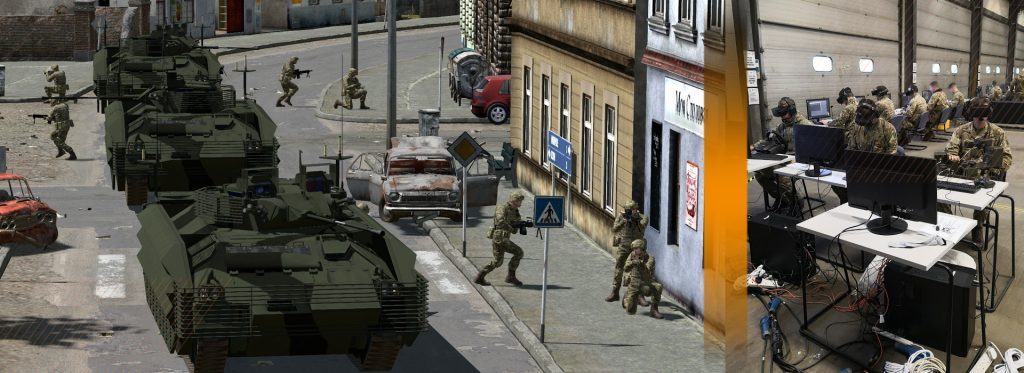85% of job success comes from having well‐developed soft skills, while only 15% of job success comes from technical skills and knowledge according to a Research conducted by Harvard University, the Carnegie Foundation and Stanford Research Center.
But how to train employees on soft skills? LinkedIn’s 2018 Workplace Report clearly stated that the main priority for Learning and Development executives was to answer this question. Soft skills are particularly hard to teach for several reasons. First it is hard to reproduce high pressure scenario. Second, how do you measure soft skills? And most of all, how can you scale soft skills training at an organizational level?
In this article, we will show how Virtual Reality along with Voice Analytics is a great solution to measure, perform and scale soft skills training at an enterprise level.
Reproducing high pressure scenario in a cost-effective way
We usually retain 90% of what we live versus 10% of what we read as said Edgar Dale back in the sixties in its Cone of Learning. Virtual Reality is a great solution to reproduce high pressure workplace scenario and enable employees to get trained over and over in a safe environment until they get ready for the real situation.
For instance, Uptale worked with UEFA champions league to teach volunteers on how to manage a high flow of visitors to the league’s games.
And the days where companies had to invest over $ 200k to simulate a workplace environment are over! Instructional designers can now easily capture their workplace environment with affordable 360 degrees cameras. They can build pedagogical content on top of it without coding skills thanks to Virtual Reality Platforms like Uptale. Learners can be immersed in the experience with affordable headsets or even their smartphones. And they can now get tangible data on how well they are doing.
Providing instant feed-back and measuring soft skills
Soft skills training is particularly hard to learn because you often miss instant feedback in order to measure your progress. Let’s say your employees have been practicing public speaking skills over and over to deliver an important presentation. They did their presentation and what happened? They received a few applause. But how can they measure their progress? This is where voice recognition, voice analytics and heat maps come into play.
Thanks to voice recognition, your learners can now deliver their presentation as freely as they would in front of their audience. They can be trained to use the right wording by receiving instant gratification and can listen to their presentation to detect areas of improvement. (To go deeper, check our post: How VR helps increase the ROI of soft skills training)
Voice analytics provide instant feed-back regarding the level of vocabulary, the speed of the speech and the duration of the breaks.
Heat maps give indication of where a learner looks while delivering his speech and enable to improve his body language.
Once you obtain tangible data at a person level, you can scale it at a company’s level. For the first time, you can access analytics based on quantifiable data enabling you:
- to follow progress,
- to compare individuals or groups,
- to correlate results with business performance in order to define best practices.
Scaling soft skills training
As Alice Bonasio says in Tech Trends: „From a Learning & Development perspective, VR combines the scaling potential of e-learning with the experiential impact of face-to-face training“. Before Virtual Reality, soft skills training had to be performed through play role in a classroom. Training a large number of employees in a very short time was therefore extremely hard or expensive, and the quality of the training depended largely on the teacher.
Now and for the first time, marketing and sales executive can develop an immersive training that can be simultaneously consumed by thousands of employees globally through VR headsets, tablets, phones or browsers. This ensures a certain homogeneity at the company level on how presentations will be delivered around a product, how a customer will be welcomed in a point of sale, or how claim will be handled by customer support.
By adding analytics to virtual reality, we add a powerful tool to increase business performance. Indeed, correlating data coming from voice analytics and sales results for instance enable to identify soft skills’ best practices at an enterprise level and upskill the whole workforce with tangible data.
As a conclusion, Virtual Reality platforms can dramatically improve soft skills training but also the whole business performance of an organization. We live in a very exciting time where technology can be used to improve human skills.
And this is just the beginning of a new era as Artificial Intelligence will soon enable to offer more advanced conditional scenarios while biosensors will enable to also measure emotions and empathy.
Don’t wait and start your immersive journey now!
Contact me to assess the first use cases you could implement in your organization!
Quelle:
https://www.linkedin.com/pulse/how-virtual-reality-revolutionizing-soft-skills-marie/




